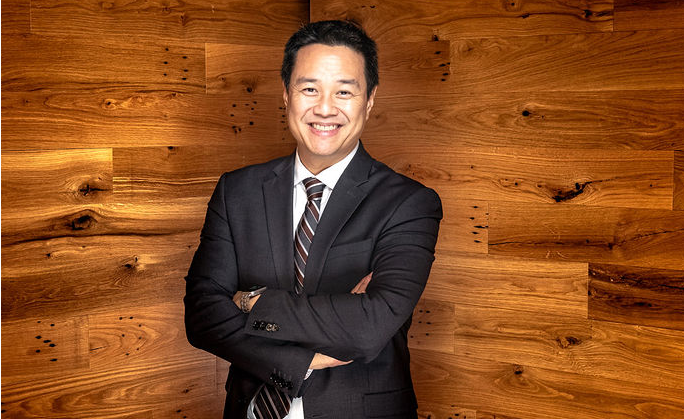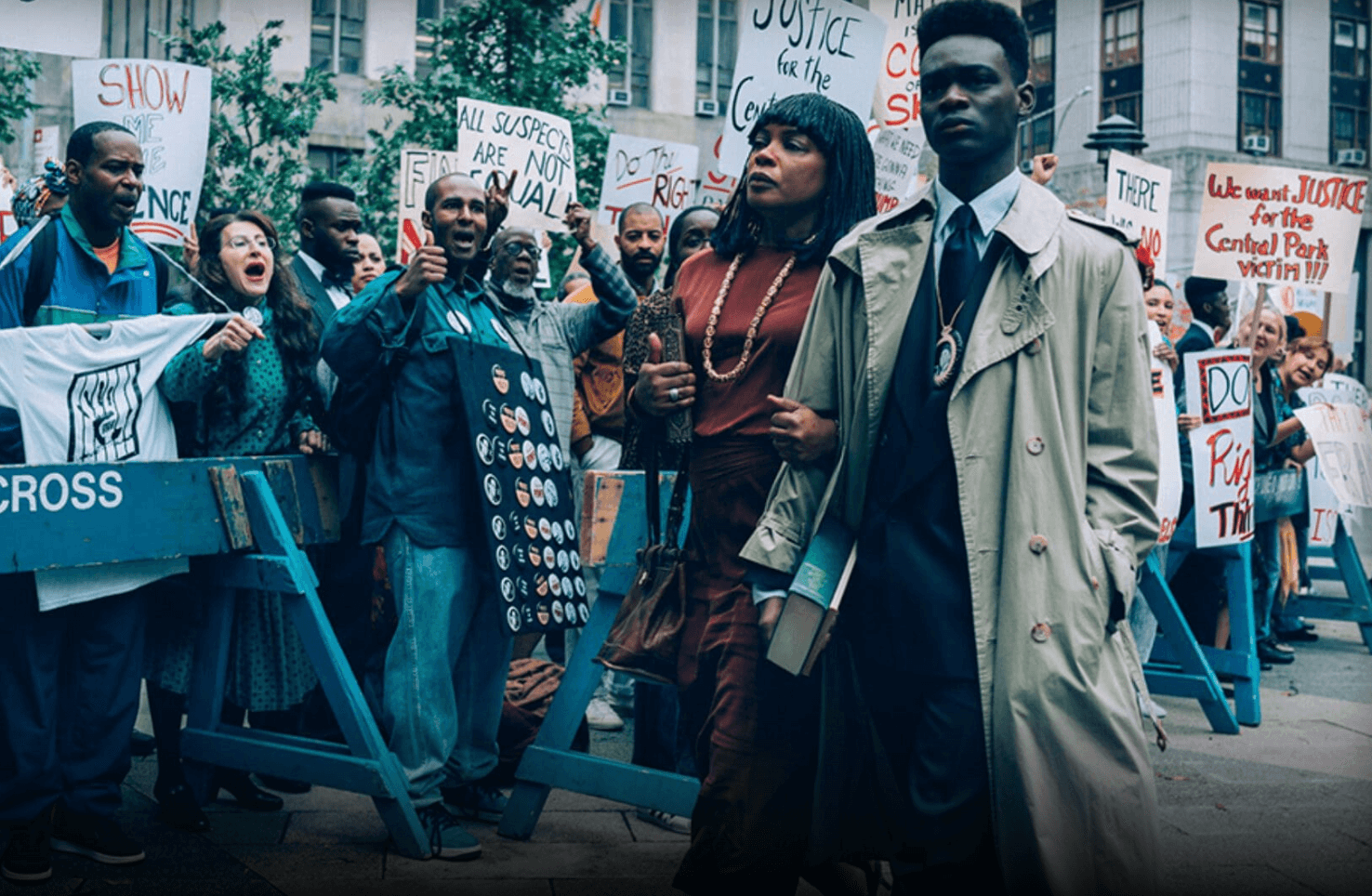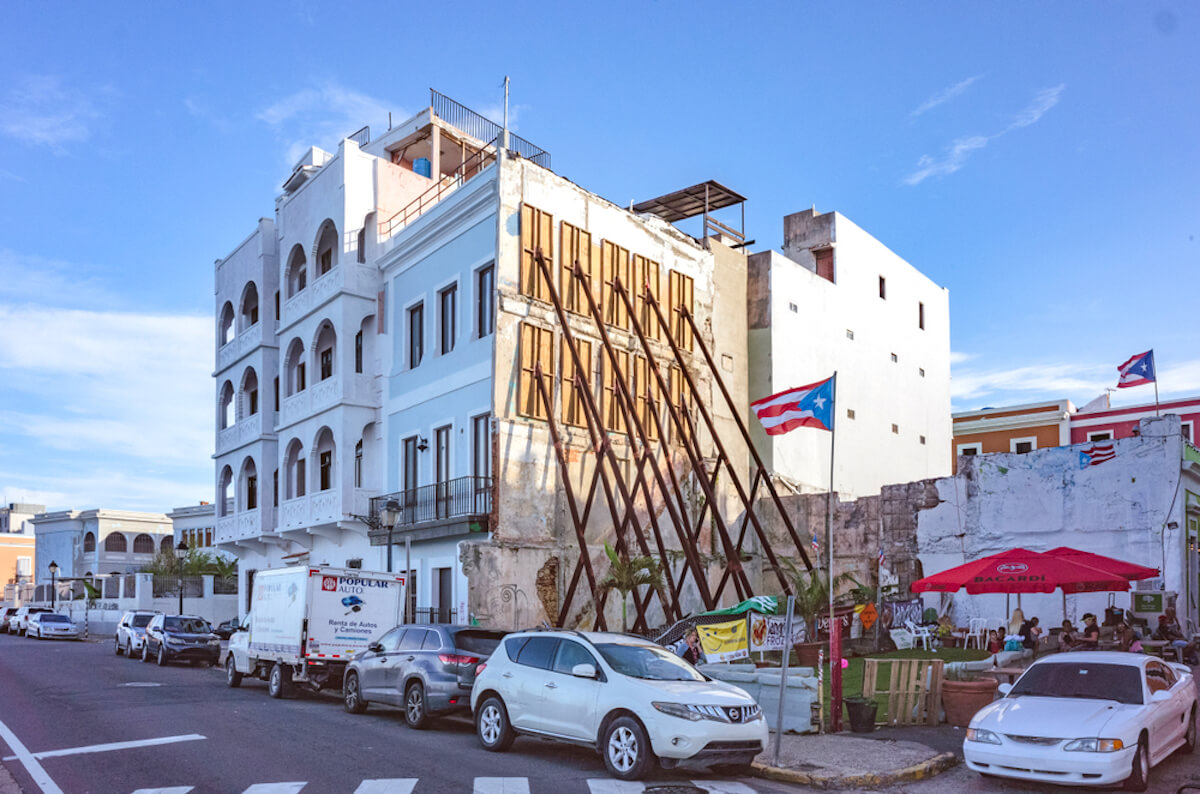ImpactAlpha, Feb. 25 – Philanthropic foundations tend to be cautious and slow-moving beasts. One signal of the urgency of the current moment: the billion-dollar Surdna Foundation has boosted its grantmaking budget by about one-third for the next three years.
“I went to the board, and we talked about increasing our spending, which the Surdna Foundation had never done previously beyond the 5% requirement,” Don Chen, president of the New York-based foundation, told me in the latest episode of ImpactAlpha’s Agents of Impact podcast. “We’re able to free up a lot more resources to our grantees and make sure they can weather these various storms.”
Chen was referring to the tax law requirement that foundations distribute a minimum of 5% of their assets each year; most foundations stick close to that minimum (the foundation payout issue has been a particular hobby-horse of mine for a long time).
Early in the pandemic, Surdna moved to provide flexibility to its grantees and investees, granting delays on covenant and fees and generally cutting them slack (see, “Investors that demonstrate flexibility and patience prove catalytic in COVID crisis”). The foundation also sped up the deployment of its unallocated funds to provide additional capital to help organizations weather the shutdowns.
Mission investing
Chen, who has led Surdna since 2018, is also taking leadership in mobilizing even larger pools of capital. With Ford Foundation’s Darren Walker, he leads a council of foundation presidents who are starting to invest some of the other 95% of philanthropic assets – the endowments – toward the social missions the foundations seek to champion.
Walker staked out leadership on the issue in 2017 when he secured a carveout of $1 billion (over 10 years) from Ford’s then $12 billion endowment for “mission-related investments” (Ford pioneered another philanthropic innovation last year, floating $1 billion in 30- and 50-year bonds to boost its own grantmaking through the COVID crisis).
Surdna has carved out its own $100 million mandate for impact investments. The foundation was an early investor, for example, in Kesha Cash’s Impact America fund (see, “Impact America’s $55 million second fund is hunting for unicorns in the disruption of systemic racism”). Other small foundations, including the Heron and Nathan Cummings foundations, are also moving their endowments toward “mission,” but few of the biggest foundations have followed suit.
“The progress may seem to be rather slow in some areas,” Chen acknowledged in the interview, but said, “I’ve seen a lot of progress in the last few years in terms of the level of interest in impact investing over this period of time, and hopefully that will just increase in the coming years.”
High risk, high reward
For philanthropy nerds, Surdna’s mandate is split between $82 million in “mission-related” investments that are expected to make risk-adjusted market rates of returns, and $18 million in “program-related” investments, or PRIs.
“Rather than treat it entirely as low-cost patient capital, which tends to be the case, we decided to treat our PRI funds as high-risk, high-reward funds,” Chen says. “We really tried to introduce this notion of social value into the risk profile… When we think about high-risk, high-return, we’re also thinking about the high return on the social impact side.” (See Surdna’s Mekaelia Davis’s essay in Stanford Social Innovation Review, “Risks for the Future We Want.”)
Even in total, philanthropic revenues are tiny in relation to government resources. “We are trying to do what we can with every asset, every resource that we have, including grants, investing, our voices, our public platforms,” Chen said. Equally important, he says “is to really think about how government can use its resources, and leverage additional investors, additional capital, to the challenges that are facing all of us.”
Chaos or community
In the days after the attack on the U.S. Capitol, Chen says he reached back for wisdom to the last book of Dr. Martin Luther King Jr., “Where do we go from here: Chaos or community?” published less than a year before his assassination in 1968.
I put that question – chaos or community? – to Chen. The attack represented some of the worst of us, Chen said, the popular mobilization and increased participation of Black voters, and in particular Black women, in Georgia and elsewhere, represented some of the best.
“I think some people would love to say, ‘Let’s build community now,” Chen told me. “The point of my essay was to say, ‘Before we move on, we really need to recognize that accountability, truth, and have some soul-searching, frankly, as a people before we can really move on.”
Catch up on all of ImpactAlpha’s podcasts, including our weekly Impact Briefing.











